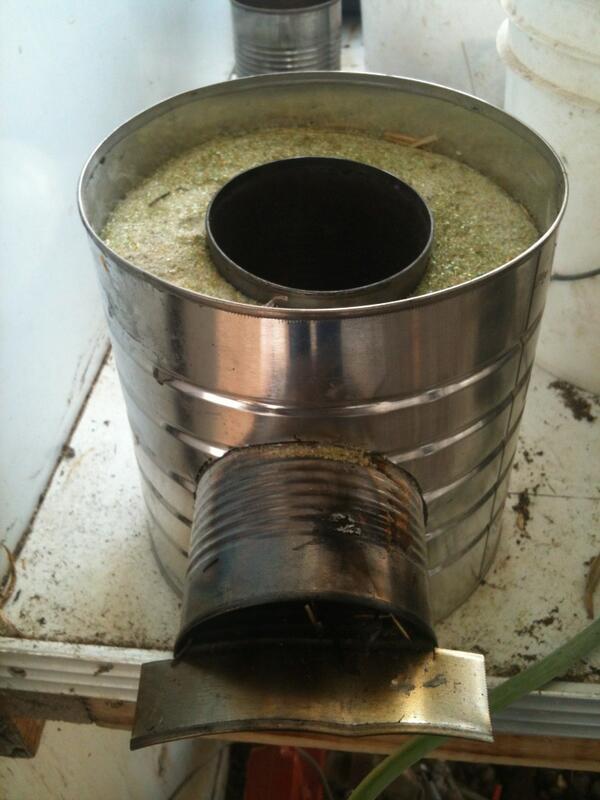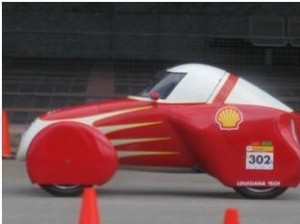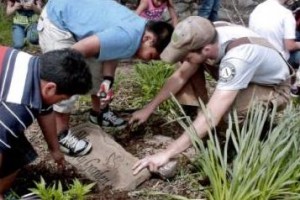My name is Michael Daniel; this is my fourth week serving here at the National Center for Appropriate Technology (NCAT) located in Butte, MT. I am far away from my hometown in Rockwell, North Carolina, but my experiences here have been very positive so far. The staff here at NCAT has been very welcoming as well as the people around town.


I am assigned to the Small-Scale Intensive Farm (SIFT), more specifically I am working on the design and construction of a biochar retort kiln. This kiln will produce biochar in a clean and sustainable manner. In the short time I have been here I have learned about some agricultural challenges in the state of Montana, one being a short growing season. I am excited to start producing biochar and demonstrate to local farmers on how it works, all the while personally educating myself. I am also eager to learn about other subjects such as agriculture in the state of Montana, rain water catchment systems,cultivation, planting, and harvesting.
There are several different ways to produce biochar, some examples include: basic TLUD (Top Lit Up-Draft) models, retort kilns, and rocket stoves. These models can be modified depending on what materials are available, as well as how much biochar an individual intends on producing. At the NationalCenter for Appropriate Technology we tend to follow E.F. Schumacher’s economic model “small is beautiful” as opposed to “bigger is better”. That being said, we really want to create a retort kiln that can serve as a demonstration model to local farmers. We will teach these farmers how to create this product in a sustainable and affordable manner, ideally using materials that are readily available and inexpensive.

The creation of biochar includes the same basic concepts no matter which design you decide to go with. Very often, retort kilns will include two main components: a chamber for which pyrolysis will take place, as well as a chamber for which combustion will take place. According to Merriam-Webster pyrolysis is defined as: chemical change brought about by the action of heat. Generally pyrolysis will also take place in an environment with limited to no oxygen. In our case a 55 gallon drum will be filled with biomass and sealed off to limit the flow of oxygen. For our combustion chamber we will be building a rocket stove composed of mostly firewood. Rocket stoves are very efficient and burn very cleanly.
With these types of stoves you can also get creative in the different types of ways you can capture excess heat. In our case we will be reclaiming as much excess heat as we can to help keep water warm in an aquaponics system, which will be located inside the greenhouse next to where the kiln will be constructed.
I am excited to get started on this project, as well as all the other projects I am going to incorporate during my term of service! I am also eager to learn more about this beautiful state!
 Michael Daniel has a bachelor’s degree in appropriate technology from Appalachian State University in Boone, NC. He has experience in building greenhouses and working at a wind power demonstration site on Beech Mountain, NC. During his Energy Corps term, Mike is developing infrastructure and growing systems on a demonstration farm in addition to providing renewable energy education to local schools. His work also consist of researching, designing, and installing of renewable energy systems to service green houses.
Michael Daniel has a bachelor’s degree in appropriate technology from Appalachian State University in Boone, NC. He has experience in building greenhouses and working at a wind power demonstration site on Beech Mountain, NC. During his Energy Corps term, Mike is developing infrastructure and growing systems on a demonstration farm in addition to providing renewable energy education to local schools. His work also consist of researching, designing, and installing of renewable energy systems to service green houses.








